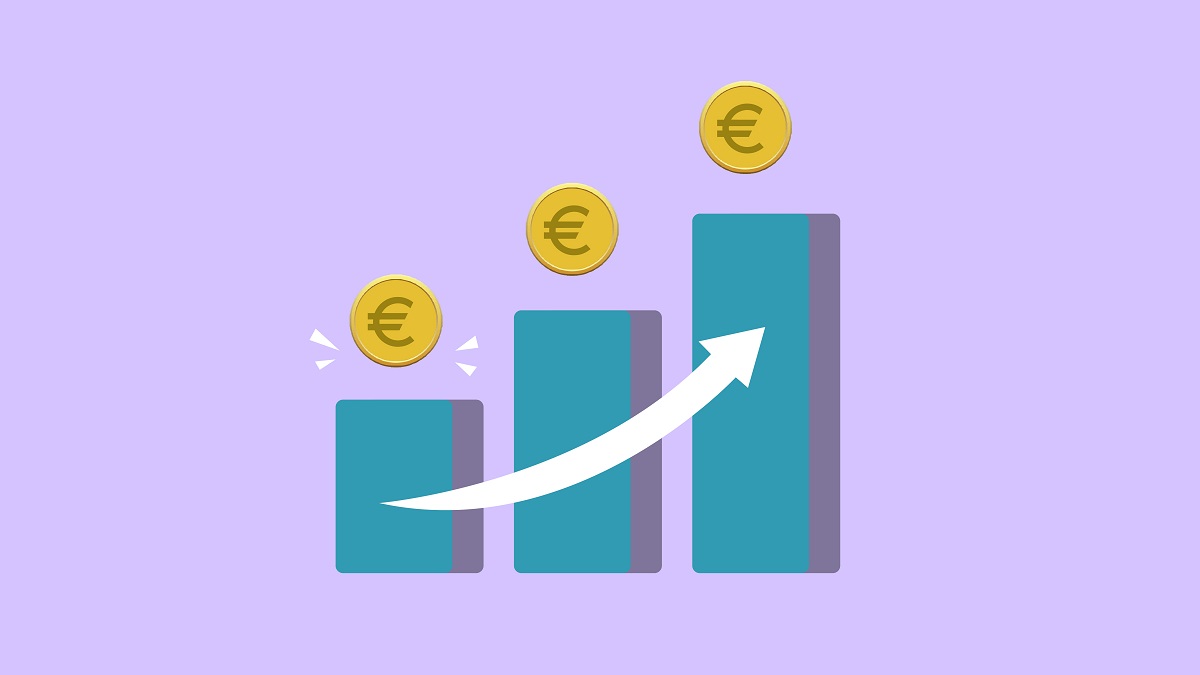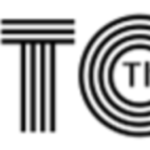The majority of marketing departments nowadays are primarily concerned with increasing website traffic in the expectation that this traffic will eventually be converted into quality leads via which sales representatives can make sales. But that’s not even close to being the hardest part.
Companies can accelerate themselves into long-term, sustained development by maximising the use of their general traffic and leads rather than focusing on generating wholly new traffic.
Conversion rate optimization (also known as CRO) comes into play at this point. Find out why your company needs a higher conversion rate and how to make it happen by reading this helpful guide on conversion rate optimization.
Conversion rate optimization (CRO) can make your website operate more efficiently, and will help you create more suitable leads and customers.
What Exactly Does “Conversion Rate” Mean?
A conversion rate can be defined as the percentage of site visitors who finish an action that was intended for them to do, such as filling out a web form, registering up for a service, or making a purchase.
Learn More: Top 10 Digital Marketing Agencies in Canada
If your website has a high conversion rate, it indicates that it is well-designed, efficiently formatted, and appealing to the population you are trying to reach. A low conversion rate could be the consequence of a number of different problems relating to the performance or design of the website.
A low conversion rate can typically be attributed to one or more of the following issues: slow load times; a faulty form; or copy that fails to convey the value of the offer.
How High Of A Conversion Rate Is Considered Acceptable?
There are a number of aspects that go into determining what constitutes a “good” conversion rate, including your business sector, market niche, objectives, traffic source, and the demographics of your audience.
For instance, during the third quarter of 2020, the average conversion rate of e-commerce websites all over the world was 2.17%, which was a decrease from 2.37% during the same period the previous year. However, the conversion rate for online commerce in the United States was significantly higher than average at 2.57%.
The average value varies not only from year to year and country to country but also from niche to niche. The average conversion rate of e-commerce websites in the food and beverage industry.
For example, is 5.5%, while the average conversion rate in the hair care industry is 3.5%.
It is time to optimise if your conversion rate is less than you would like, perhaps because it is below the average in your sector, lower than the conversion rates of your best contenders, or simply because it is underperforming in comparison to the goals that you have set for yourself.
Conversions are able to take place on virtually every page of a website, including the homepage, selling page, blog, sales funnels, and other pages. It is important to optimise each location if you want to achieve your goal of converting as many website users as possible into paying clients.
Let’s first go over how to determine the conversion rate of your website before we discuss the advantages of conversion rate optimization (CRO). This way, you will be able to have a greater comprehension of the amount of time and resources that should be invested in a CRO approach.
The Formula for Determining the Conversion Rate
To determine a website’s conversion rate, just divide the total number of conversions by the total number of visitors to the website, then multiply the result by 100 to get a percentage.
Determining your conversion rate is a simple task provided that you have a clear idea of what you mean by the term “conversion.” To do this, you simply need to enter two values and then multiply by 100.
Let’s imagine that you define a conversion as someone signing up for your newsletter and that you include a form to sign up for the newsletter on each and every page of your web.
In this scenario, you would take the entire number of website visits, subtract the number of newsletter test sections from the total website visitors, and then multiply the result by 100.
Therefore, your conversion rate would have been 2.5% if you had 500 contributions and 20,000 visits over the previous quarter.
Where Should a CRO Strategy Be Implemented?
The following are four areas of your website that could potentially benefit greatly from conversion rate optimization.
1. Homepage
The homepage is one of the best places to implement CRO. In addition to providing visitors with an opportunity to get an initial impression of your website, the homepage also provides an opportunity to keep people on your site and direct them deeper into the site.
You can accomplish this goal by drawing attention to links that lead to information about products, by providing a button to sign up for a free account, or even by implementing a chatbot that asks visitors questions at any point in time while they are browsing your website.
2. Sales Pricing Pages
It’s possible that the pricing page of a website will determine whether or not a visitor returns to that site.
CRO may help a pricing page convert visitors into customers by adjusting the pricing intervals (for example, price-per-year versus price-per-month), detailing the product features that are linked with each price, and offering a phone number for visitors to contact for a price estimate, or adding a simple pop-up form.
All of these strategies can be found on the sale pricing page.
3. Blog
A website that includes a blog has a significant increase in its potential for conversions. A blog can employ conversion rate optimization (CRO) to convert readers into leads, in addition to posting information that is insightful and helpful regarding the sector.
This approach frequently involves putting calls-to-action, also known as CTAs, throughout an article or urging readers to learn more about a subject by giving their email in exchange for a complimentary ebook or industry report.
Other examples include:
Landing Pages
It is not surprising that landing pages have the greatest average conversion rate of all signup forms, which is 23%, given that they are intended from the ground up to encourage visitors to perform a specific activity.
To entice people to register for this year’s event, for instance, an event landing page may be enhanced with a video showcasing the event from the previous year.
It is possible to optimise a landing page that is providing a free resource by including preview content from that resource. This will entice visitors to download the resource.
You may be asking, now that you know where you can optimise for conversions, how you can tell when your company is ready to start the process.
Optimization Strategies for Increasing the Conversion Rate:
Here are some marketing methods that are applicable to the optimization of conversion rates that you may test and execute at your firm.
In blog postings, incorporate calls to action that are based on words.
Although including calls to action (CTAs) in blog posts is generally seen as a good practice, there are occasions when doing so isn’t enough to get readers to behave in the way you’d like them to.
Why?
Banner blindness is a true condition that occurs when people become in the habit of ignoring information that is presented in banner-like formats on websites.
Because of this lack of attention as well as the fact that website users do not usually read all the way to the bottom of a blog article (instead, they “snack” on content), a new strategy is required.
The text-based CTA is quite helpful in situations like this one.
Improve your blog with some lead flows.
An additional element of conversion rate optimization that can be included on your website is a lead flow. Lead flows are a type of pop-up with a high conversion rate that is intended to draw attention and provide value.
Depending on the nature of your offer, you may have the option of choosing between a slide-in box, a drop-down banner, or a pop-up box.
Put your landing pages through some testing.
Landing pages are an essential component of the toolset of a contemporary marketer and, as was noted before, are an essential component of conversion rate optimization.
This is due to the fact that a landing page is a location on a website where a visitor can convert into a lead or where an existing lead can connect more deeply with your business.
Further Reading: Best Ways To Increase Website Traffic
To make a landing page as effective as possible, you should conduct A/B testing to determine which aspects of its layout and content are most appreciated by visitors.
Assist leads in becoming immediately marketing-qualified leads as soon as possible.
There are instances when site visitors want to get straight to the point, bypass some stages of the normal buyer’s journey, and begin a conversation with a sales representative right away (rather than be nurtured).
You should encourage these visitors with high intent to perform certain actions so that they can easily become marketing qualified leads (MQLs). These visitors can take action through a combination of carefully designed web pages, attractive and clear language, and strategic calls to action (CTAs).
For instance, if you use A/B testing, you may easily and rapidly compare two or more variants of your website’s copy, content offers, graphics, form inquiries, and web pages to find out which one receives the most positive response from your target audience and leads.
Construct workflows in order to empower your team.
With the assistance of marketing automation software, you are able to develop a variety of automated workflows that will enable your team to do more.
As an illustration, marketing automation makes it feasible to schedule the sending of workflow-based emails automatically. After that, leads will only need one click to schedule appointments with sales staff.
While this is going on, sales representatives are notified whenever potential customers conduct high-intent actions such as viewing the pricing page on your website.
If you work in the field of electronic commerce, another option is to send a reminder email to customers who abandon their shopping carts.
Improve your best-performing blog entries by optimising them.
Once more, the act of writing posts on a blog paves the way for a significant possibility to obtain conversions.
Find the blog entries on your site that have the highest levels of traffic but the lowest conversion rates so you can get started on optimising your blog’s content. (This problem can have been caused by something to do with SEO, the content offer you are advertising, or your call to action.)
Use retargeting to get your site’s visitors interested again.
It makes no difference what the primary conversion metric you use is: The harsh reality is that the vast majority of visitors to your website do not perform the activity that you would like them to perform.
You can re-engage users who have left your website by utilising retargeting on Facebook and other platforms. This allows you to recover lost customers.
The process of retargeting involves following people who have visited your website and delivering advertisements to them when they are on other websites on the web.
Retargeting those who have already visited your websites with the best conversion rates is extremely effective in this regard.
For retargeting to be successful, you must adhere to the standard guidelines for inbound marketing, which stipulate that you must have well-written material, visually appealing content, and an enticing offer.
I'm passionate about all things SEO and Digital Marketing. The search for raising the bar in terms of client solutions is what drives me in my career. My versatile approach to achieving my targets brings me a step closer to everyone's favourite keyword: success!





0 Comments